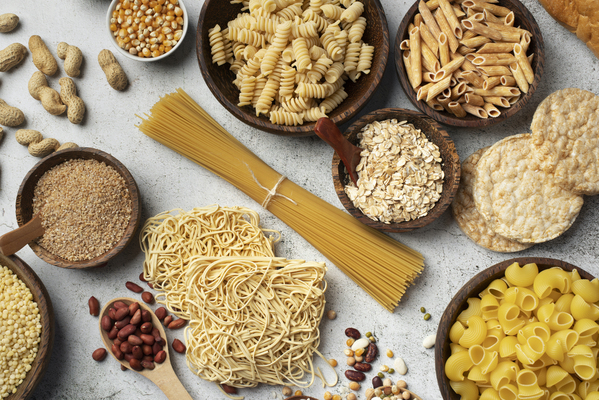HOW TO EAT CARBS: THE POWER OF RESISTANT STARCH

When it comes to nutrition, most people focus on what to eat—but how you prepare and store your food can be just as important. A simple trick, like cooling cooked rice or freezing bread before eating, can make your favorite carbohydrates healthier. The secret? Resistant starch—a powerful nutrient that supports blood sugar balance, gut health, and even weight management.
What Is Resistant Starch?
Resistant starch is a type of carbohydrate that “resists” digestion in the small intestine. Instead, it ferments in the large intestine, where it feeds your beneficial gut bacteria. This fermentation produces short-chain fatty acids such as butyrate, which are linked to reduced inflammation, improved insulin sensitivity, and stronger gut lining integrity.
Moreover, resistant starch helps lower the glycemic response of foods. This means fewer blood sugar spikes, improved energy levels, and more stable hunger control—especially important for those with insulin resistance or type 2 diabetes.
How Cooling and Freezing Carbs Makes Them Healthier
When starchy foods like pasta, rice, and potatoes are cooked and then cooled, they undergo a chemical transformation called retrogradation. This process turns some of their rapidly digestible starches into resistant starch.
- Rice: Cooling cooked rice for 12–24 hours increases its resistant starch content. Reheating does not reverse the benefits.
- Pasta: Cook it al dente, chill overnight, and reheat for a blood sugar-friendly upgrade.
- Potatoes: Potato salad lovers rejoice—chilled potatoes have more prebiotic fiber and a gentler impact on glucose levels.
The Frozen Bread Hack
Freezing bread and then toasting it can significantly lower its glycemic index. Why? Freezing alters the starch structure, slowing the rate at which your body converts it into glucose.
Bonus: Freezing sliced bread also extends shelf life and allows for easy portion control—perfect for mindful eating.
Best Practices for Resistant Starch Benefits
-
Fully cook carbs, but avoid overcooking.
-
Cool in the fridge for 12+ hours.
-
Reheat gently—resistant starch remains stable.
-
Slice and freeze bread for quick, healthy access.
Who Benefits Most?
These carb-cooling techniques can help:
-
People with type 2 diabetes or insulin resistance
-
Individuals seeking weight loss or improved satiety
-
Anyone struggling with gut issues, bloating, or digestive imbalance
-
Health-conscious eaters aiming for low-glycemic meals
Small Changes, Big Health Wins
You don’t have to give up rice, bread, or pasta to eat smart. By simply changing how you store and prepare them, you can enjoy your favorite carbs while supporting your metabolism and gut health.







